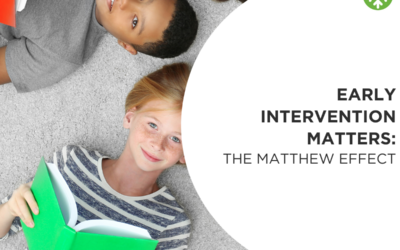Screening for Reading Progress
The best way to solve a puzzle is to gather all of the pieces. Then you can sort them to find out where they will likely fit.
The same applies to reading instruction. Knowing where each child is with their reading will help determine the best fit for an instructional plan. So screening all children in elementary school for proper reading development is a best practice.
In a recent presentation, Stephen McCrocklin, Langsford’s Executive Director, discussed the key areas that should be measured in accordance with the Scientifically Based Reading Research. The 5 key areas are:
- Phonemic awareness
- Phonics
- Fluency
- Vocabulary
- Comprehension
There are numerous assessment tools that can be used to measure each of these areas. Some examples are DIBELS (Dynamic Indicators of Basic Early Literacy Skills), AIMSWEB and i-Ready.
Becca Weible, M.Ed., Director of Student Achievement at Holy Trinity School, shared specifics about the i-Ready system that the school uses.
Overall, screening is part of a problem-solving system that:
- Helps identify students who are at-risk in a proactive way
- Gives feedback to the school about how students progress throughout the year at a broad level (3x per year)
– If students are on track in the Fall are they still on track in the Winter?
– What is happening with students who started the year below target? Are they catching up? - Gives feedback to the school about changes from year to year
The ultimate goal of screening students in elementary school is to ensure that each child is academically successful and excited about learning!




